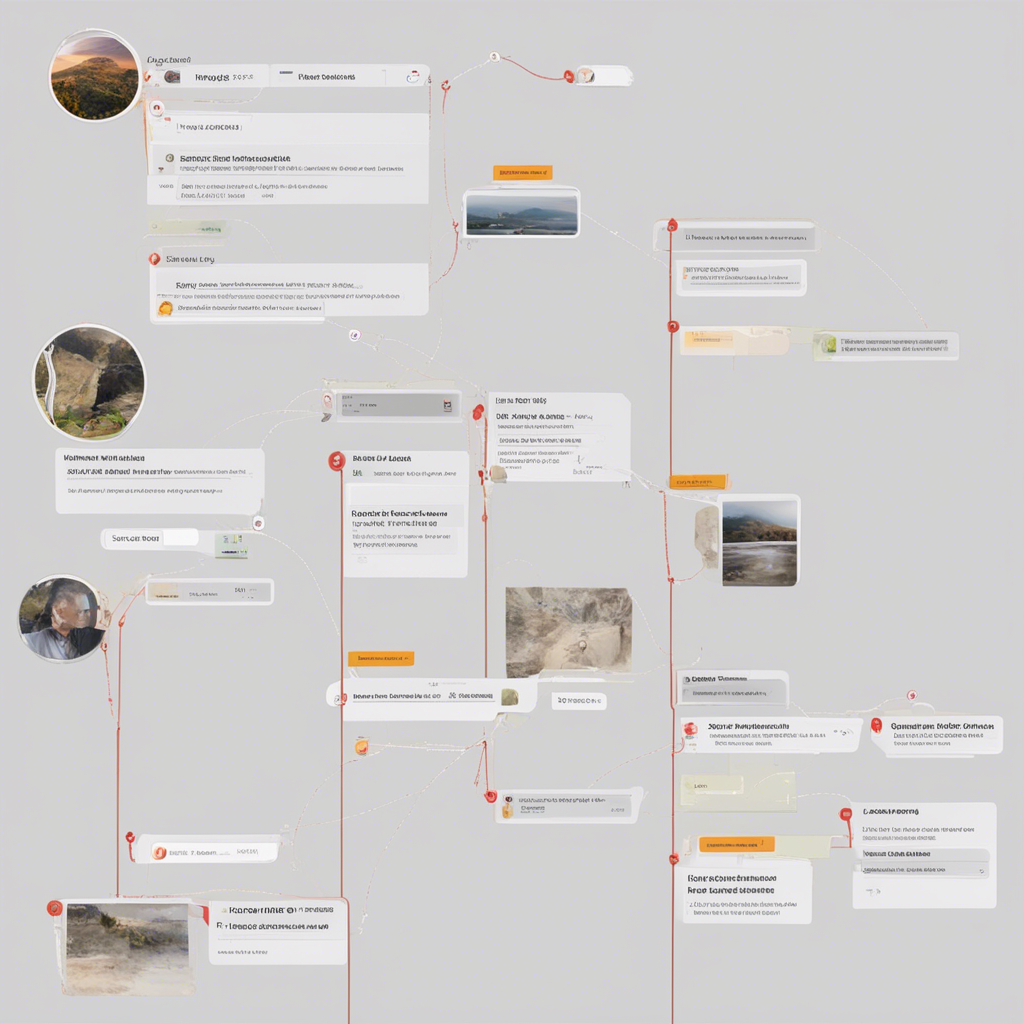
Customer Feedback: The Backbone of Effective Product Management
In today’s highly competitive business landscape, effective product management is crucial for the success and growth of any company. One of the key elements of successful product management is gathering and analyzing customer feedback. Customer feedback provides invaluable insights into the needs, preferences, and pain points of your target market, enabling you to develop products that truly meet their expectations. In this blog post, we will delve into the significance of customer feedback and explore effective strategies for collecting and utilizing it to drive product innovation.
Why is Customer Feedback Important?
Customer feedback serves as a powerful tool that enables businesses to make data-driven decisions. By actively soliciting and listening to customer opinions, companies can gain a deep understanding of their customers’ experiences, attitudes, and desires. This understanding allows product managers to align their strategies with customer needs and expectations, leading to the development of products that deliver true value. Customer feedback helps companies stay ahead of their competition by ensuring continuous improvement and customer satisfaction. Moreover, incorporating customer feedback throughout the product development lifecycle minimizes risks and helps avoid costly mistakes.
How to Collect Customer Feedback?
There are several strategies and techniques for collecting customer feedback. Here are some of the most effective approaches:
1. Surveys and Questionnaires
Surveys and questionnaires are popular methods for gathering customer feedback. They enable companies to collect data on specific aspects of their products or services, as well as general impressions and recommendations. Surveys can be distributed through various channels, such as email, social media, or website pop-ups. Online survey tools like SurveyMonkey and Typeform make it easy to design, distribute, and analyze surveys.
2. Interviews and Focus Groups
Conducting interviews or focus groups with select customers allows for more in-depth and qualitative feedback. This approach provides an opportunity to ask follow-up questions and gain deeper insights into customer experiences. Additionally, focus groups allow for group discussions that can uncover shared pain points or emerging trends. Video conferencing platforms like Zoom or Microsoft Teams make remote interviews and focus groups manageable.
3. Social Media Monitoring
Monitoring social media platforms, such as Twitter, Facebook, and Instagram, provides real-time feedback from customers. Utilizing social listening tools like Hootsuite or Mention helps companies track and analyze conversations related to their products. This approach not only allows for immediate feedback but also provides valuable insights into customer sentiment and emerging trends.
4. Support Tickets and Customer Service Interactions
Customer service interactions, including support tickets or chat logs, can reveal valuable feedback. Analyzing these interactions can help identify recurring issues or areas where product improvements are needed. Integrating customer support software, like Zendesk or Freshdesk, with your product management system can streamline this process.
5. User Behavior Analysis
Analyzing user behavior on your digital platforms, such as websites or mobile apps, can provide insights into customer preferences and pain points. Tools like Google Analytics or Mixpanel track user engagement, page views, and conversion rates, highlighting areas for improvement.
Utilizing Customer Feedback for Product Innovation
Collecting customer feedback is only the first step. Utilizing this feedback effectively is essential for driving product innovation. Here are strategies for utilizing customer feedback to enhance your product management:
1. Identify Trends and Patterns
Analyzing a large volume of customer feedback can help identify recurring themes or trends. By categorizing feedback into themes, product managers can gain a comprehensive view of customer needs and identify areas for improvement. Creating visual aids like word clouds or charts can help visualize these patterns and facilitate data-driven decision-making.
2. Prioritize Feedback
Not all customer feedback carries the same weight. It is essential to prioritize feedback based on its impact on customer satisfaction and the alignment with your product roadmap. Utilize frameworks like the Kano model or the RICE prioritization framework to prioritize and address customer feedback with the greatest impact.
3. Engage in Continuous Iteration
Customer feedback should fuel an iterative product development process. Regularly updating your product based on customer feedback ensures that your solution remains relevant and meets evolving needs. Adopt an agile product management approach that allows for continuous iteration and feedback incorporation.
4. Communicate with Customers
Keeping an open line of communication with customers is crucial for effective product management. Engage customers in ongoing dialogue through channels like email newsletters, product updates, or user forums. Sharing how their feedback has influenced product development helps foster trust and loyalty.
5. Measure User Experience
Regularly measure and evaluate the user experience of your product to track the impact of changes made based on customer feedback. Leverage metrics like Net Promoter Score (NPS), Customer Satisfaction (CSAT), or User Experience (UX) surveys to quantify improvements and identify areas that require further attention.
Conclusion
In conclusion, customer feedback is the backbone of effective product management. By actively seeking and leveraging customer insights, businesses can develop products that resonate with their target market and drive sustainable growth. Employing various feedback collection methods, prioritizing feedback based on impact, engaging in continuous iteration, communicating with customers, and measuring user experience are key strategies for utilizing customer feedback. Embrace this iterative approach to product management, and watch your products thrive in today’s dynamic marketplace.
Note: This blog post is intended for informational purposes only. The opinions expressed are those of the author and not necessarily the affiliated company. References to third-party products or services are for informational purposes only and do not constitute an endorsement or recommendation.






